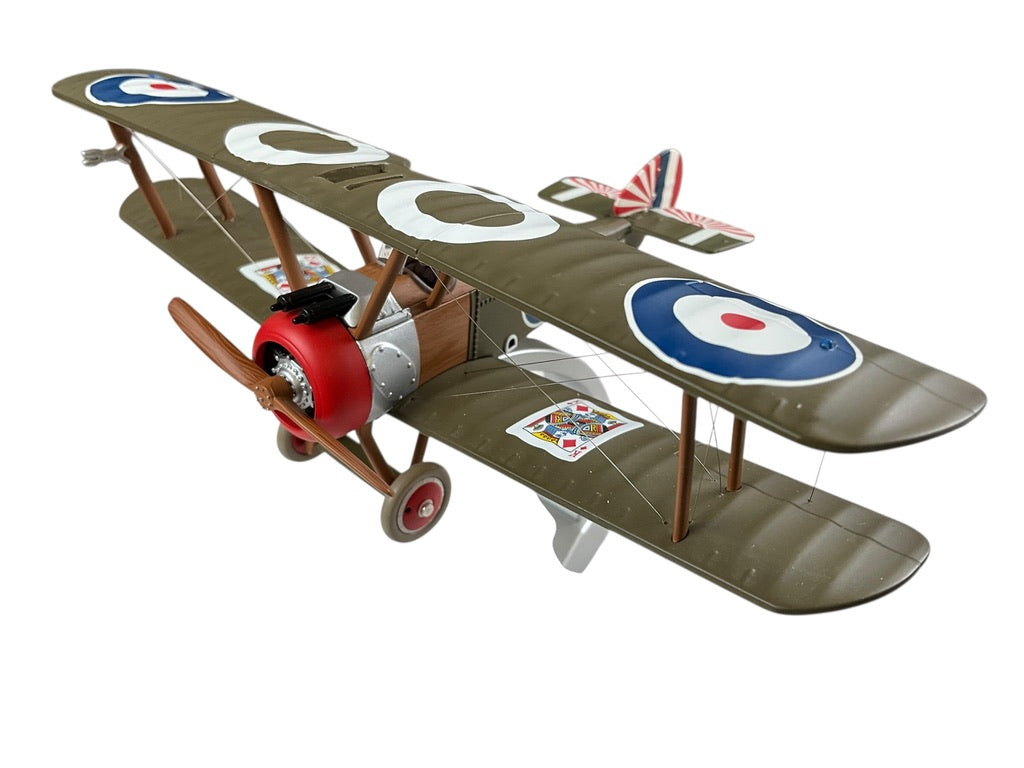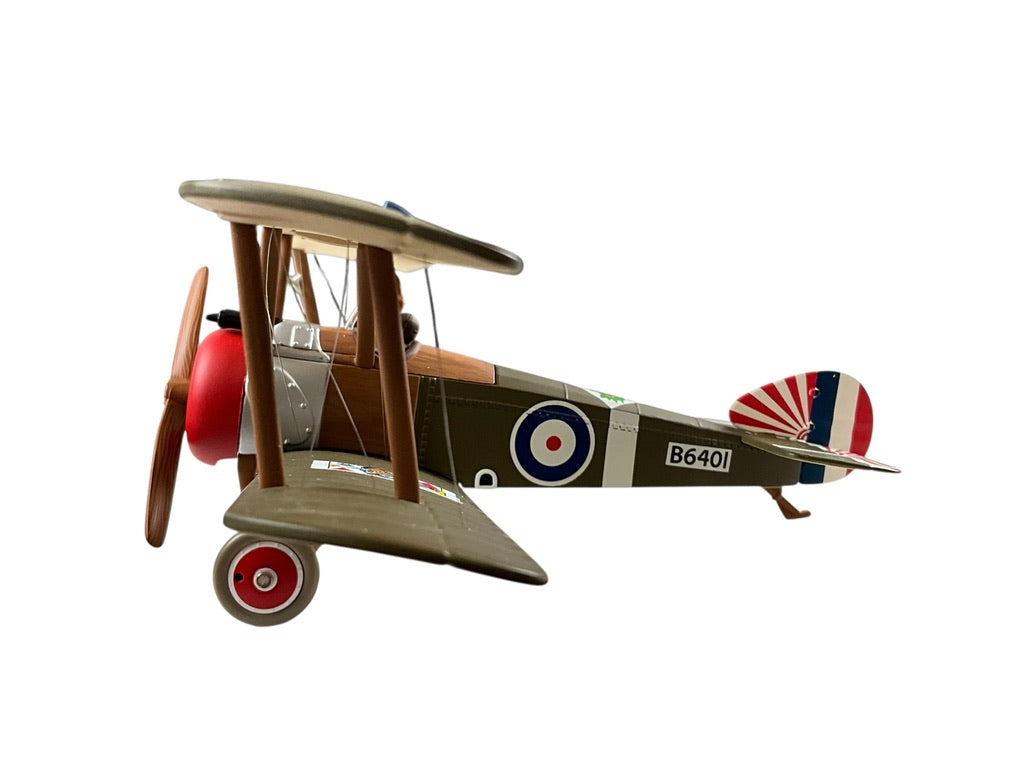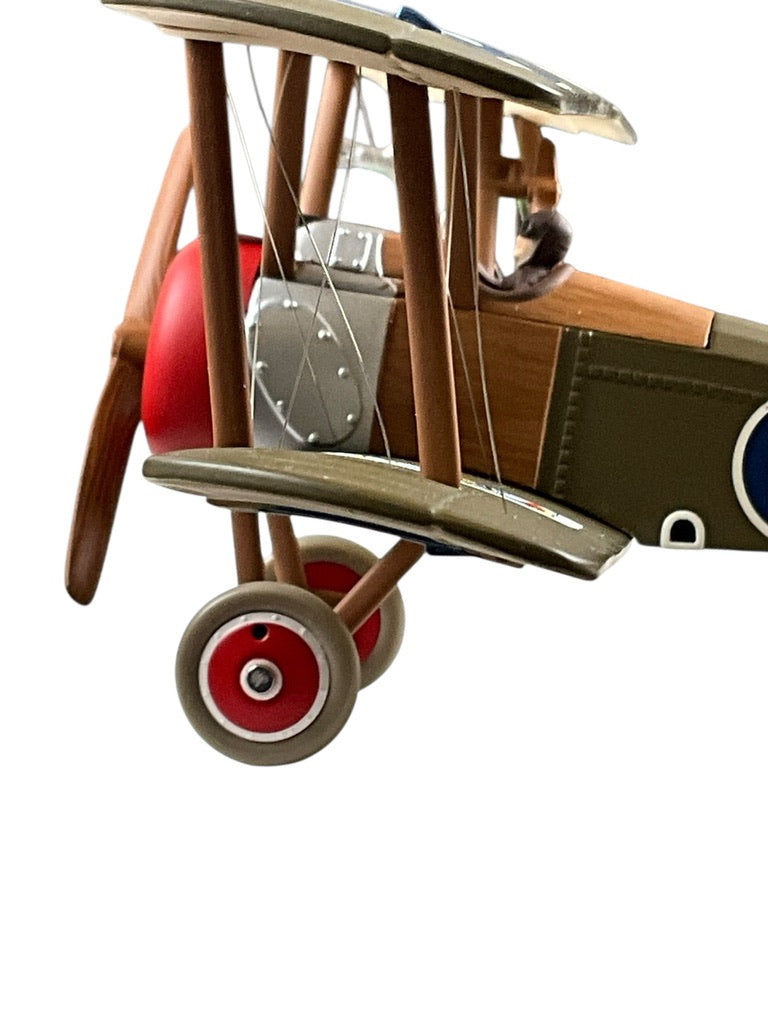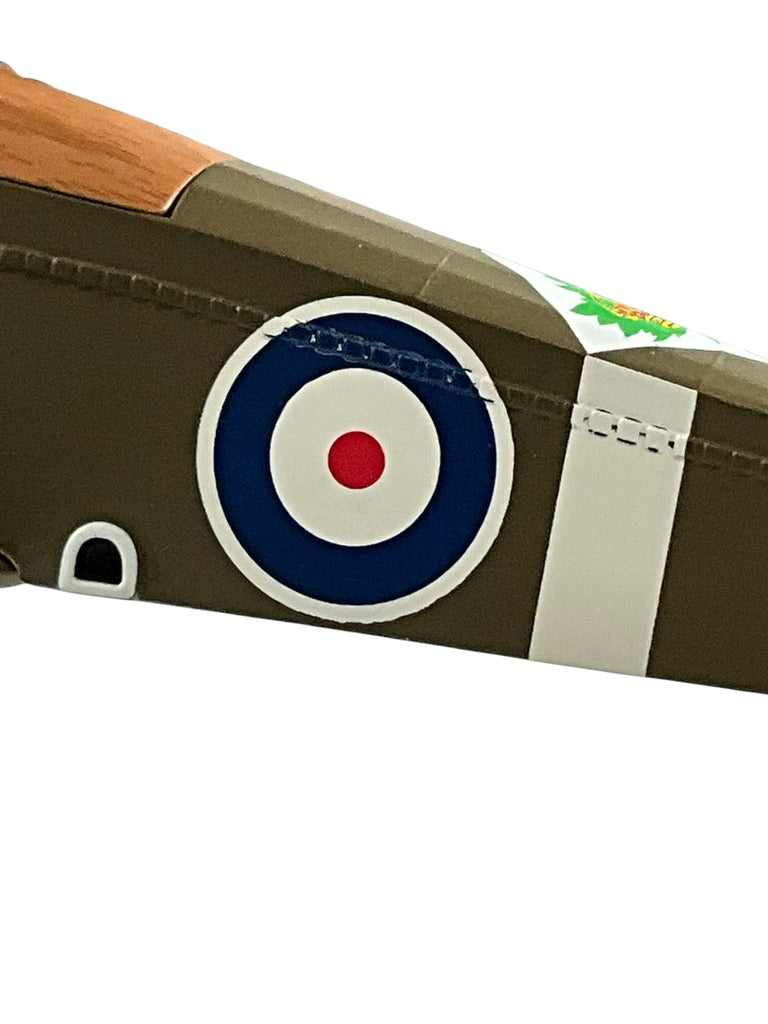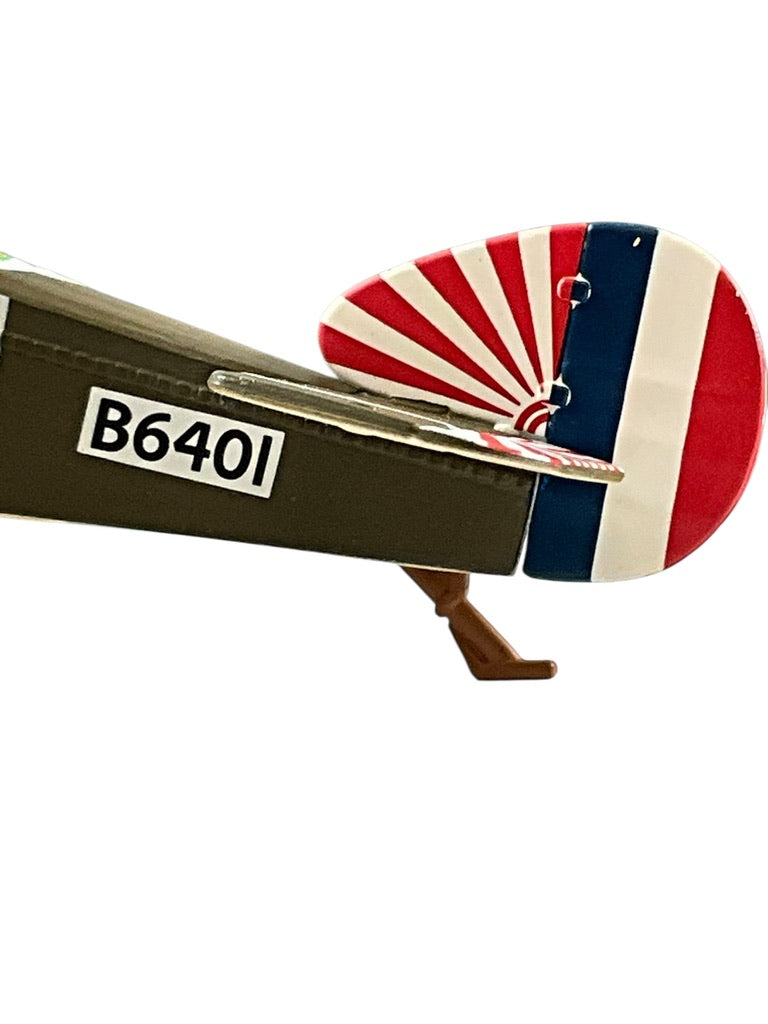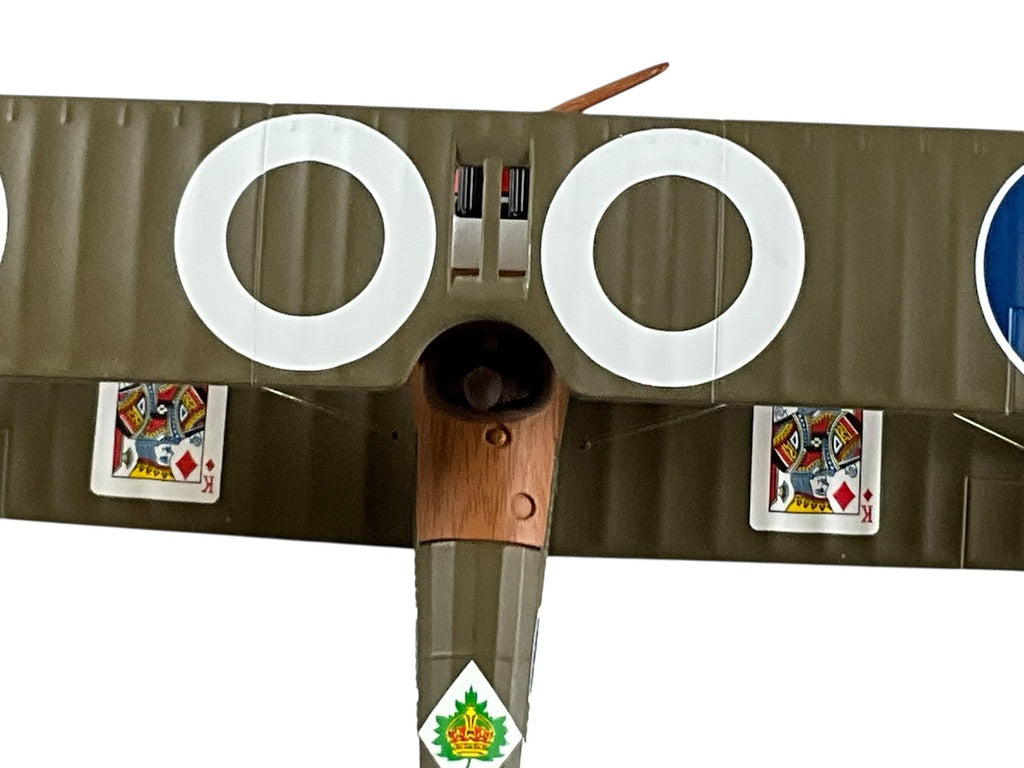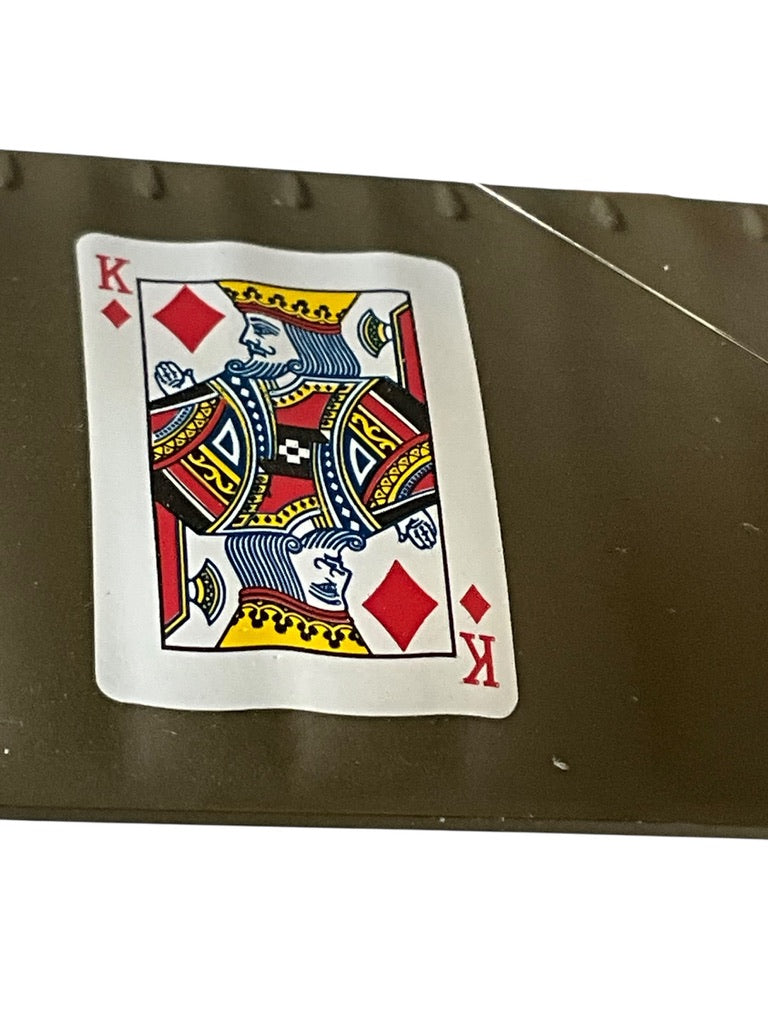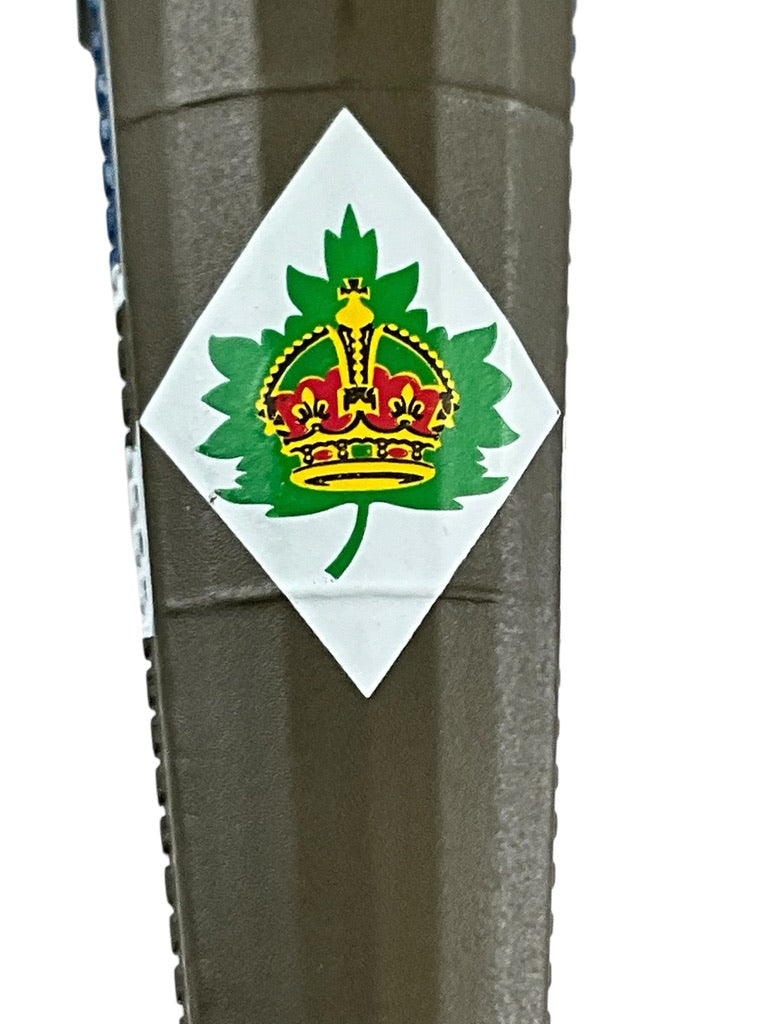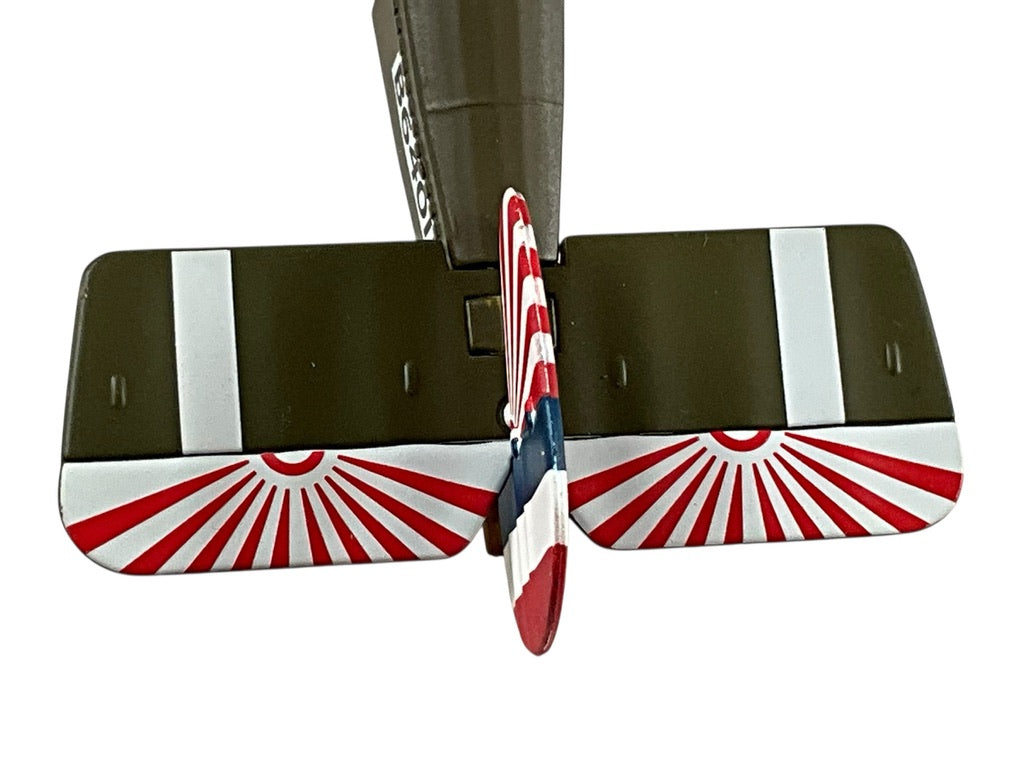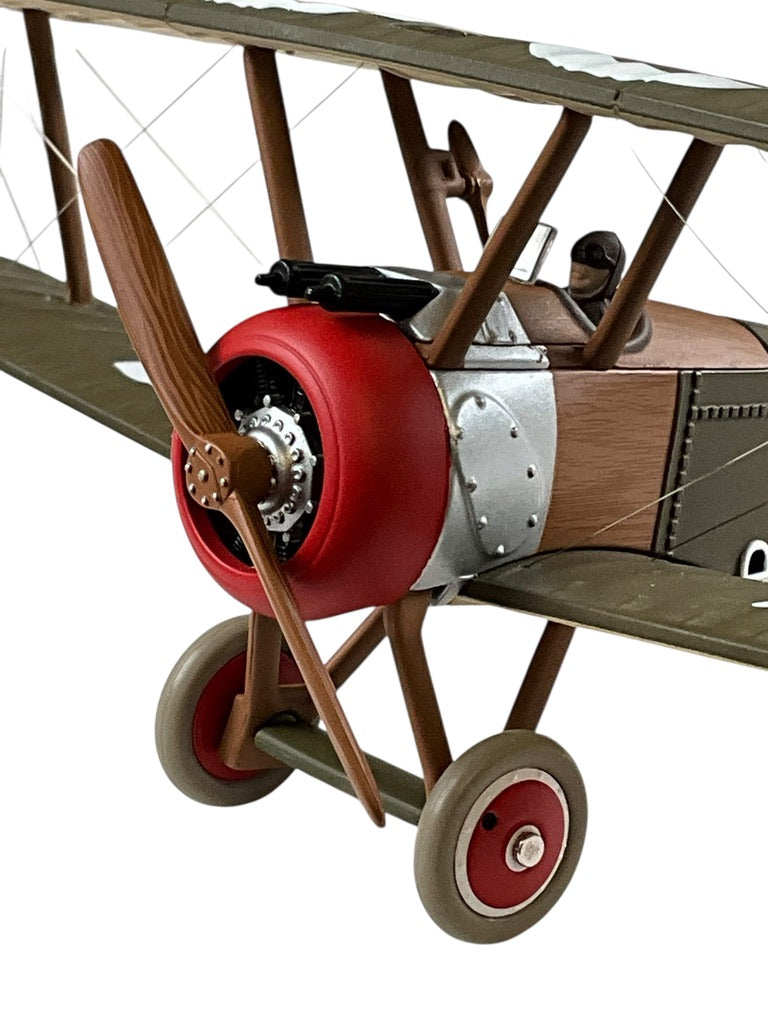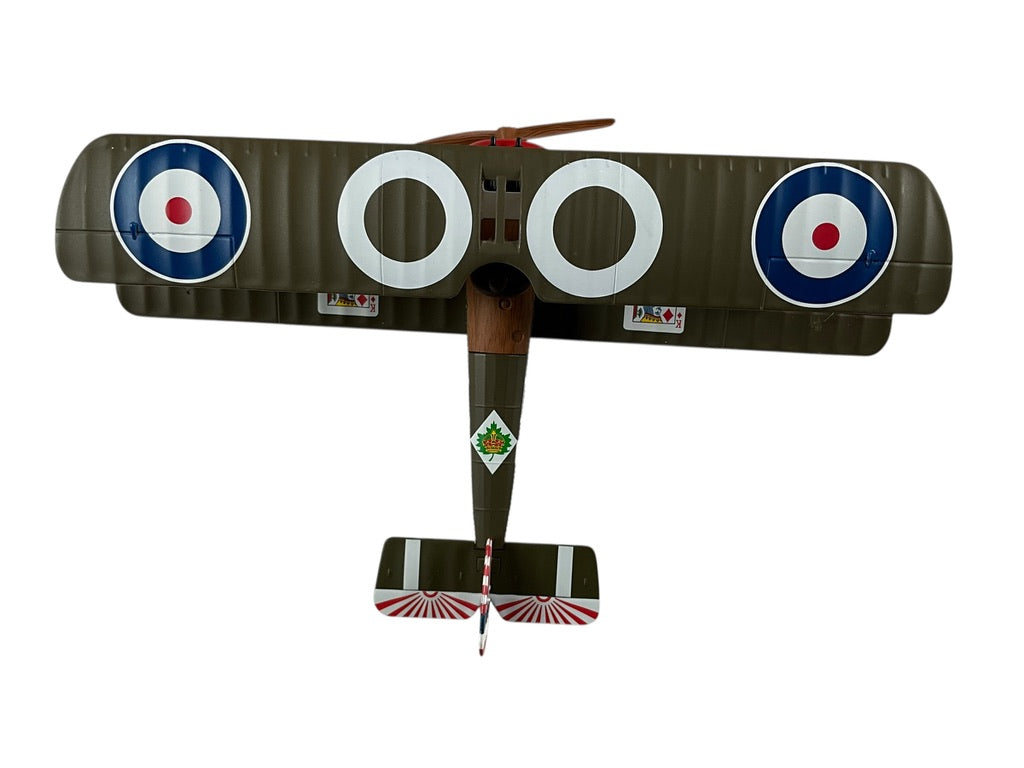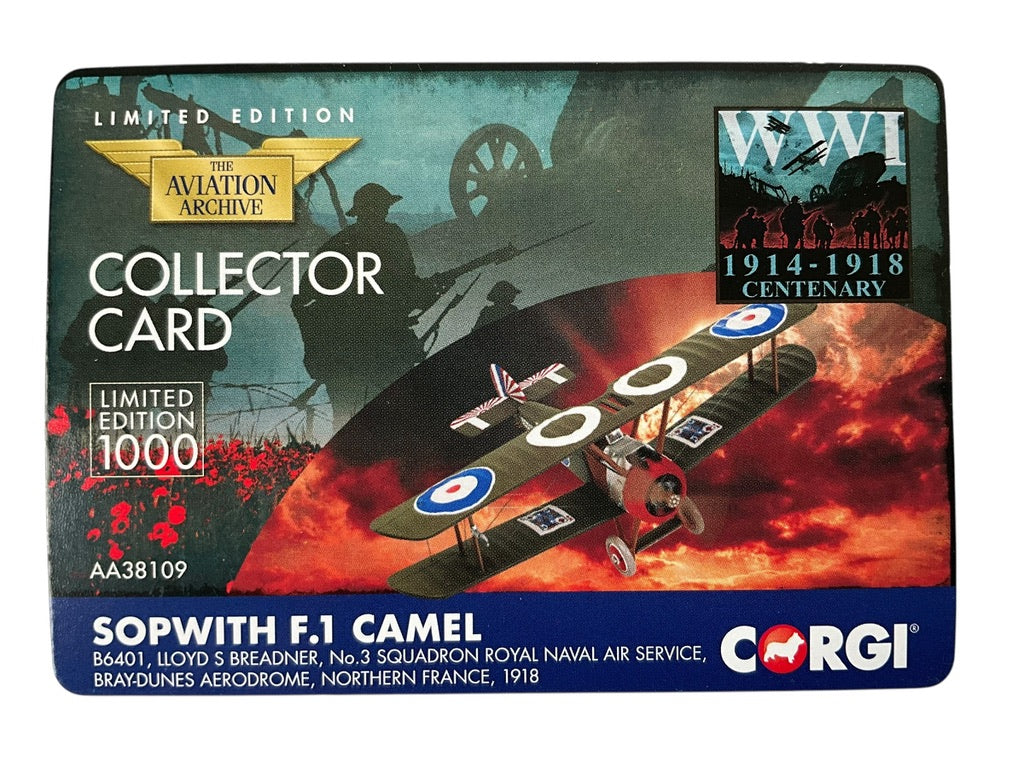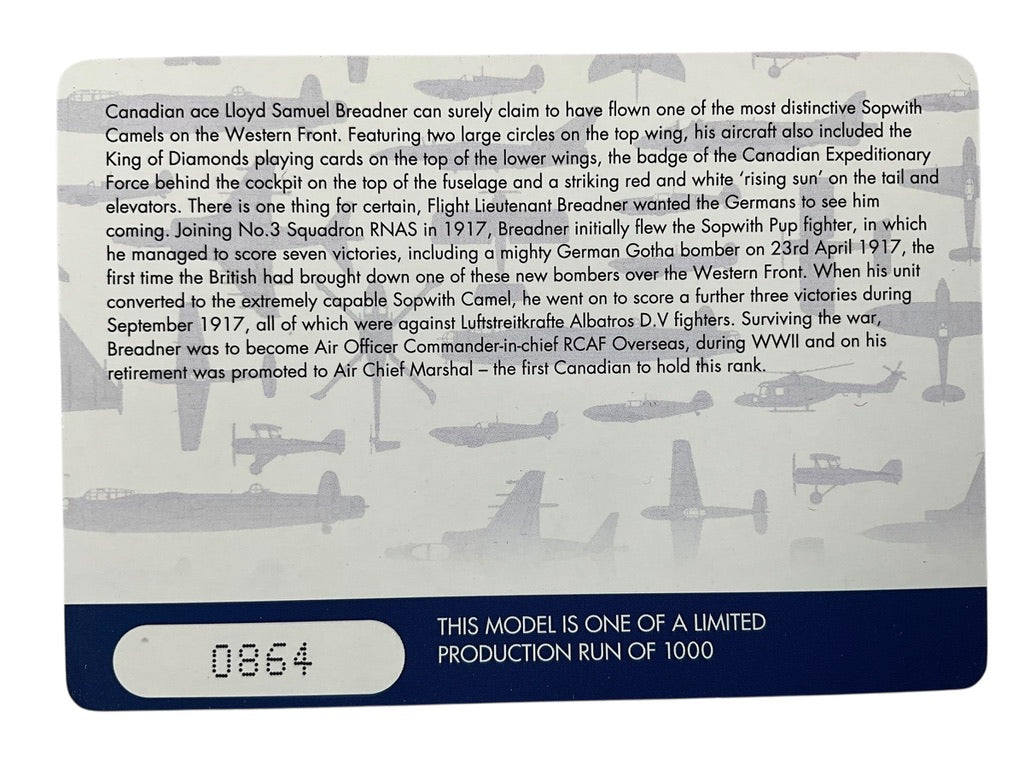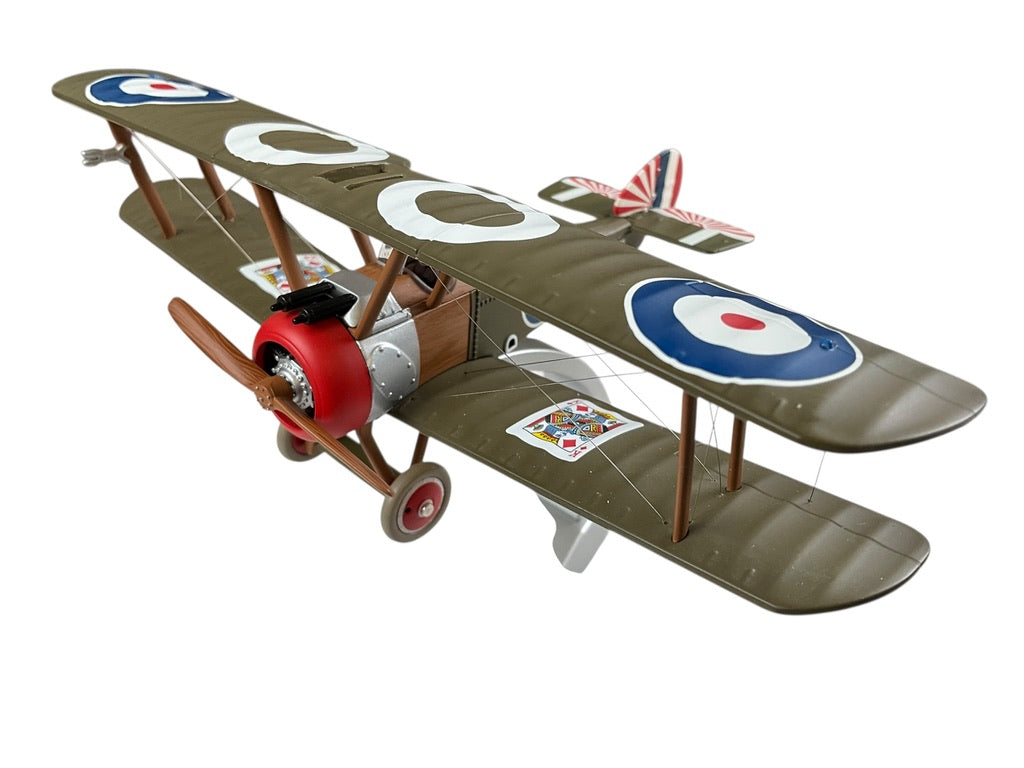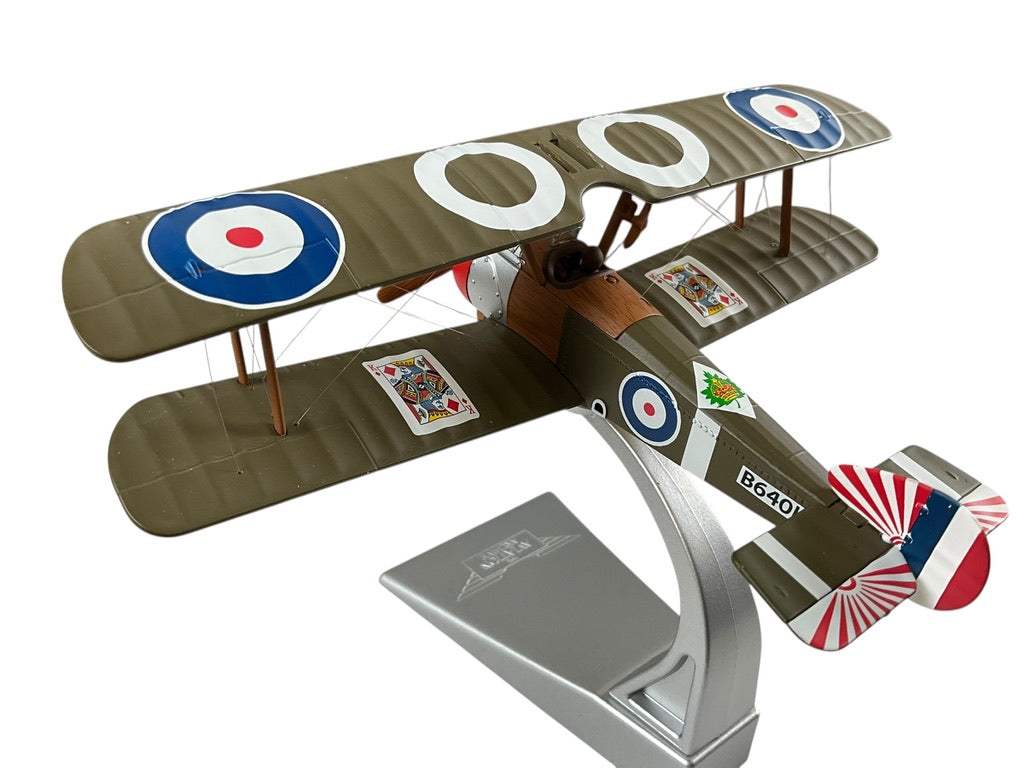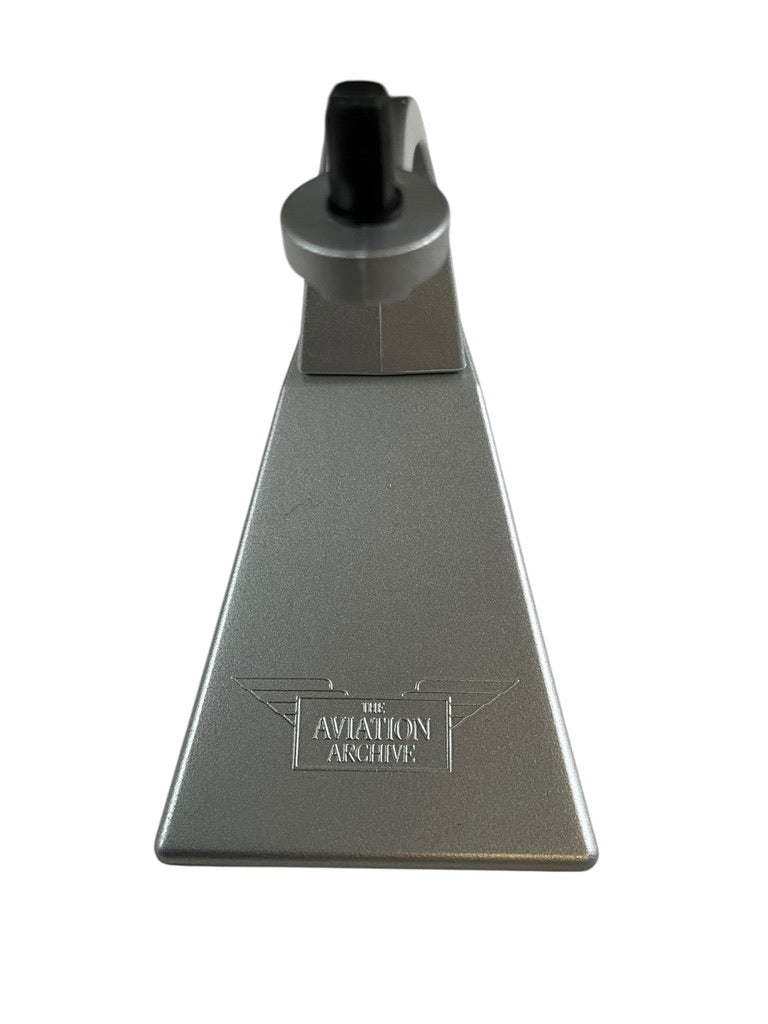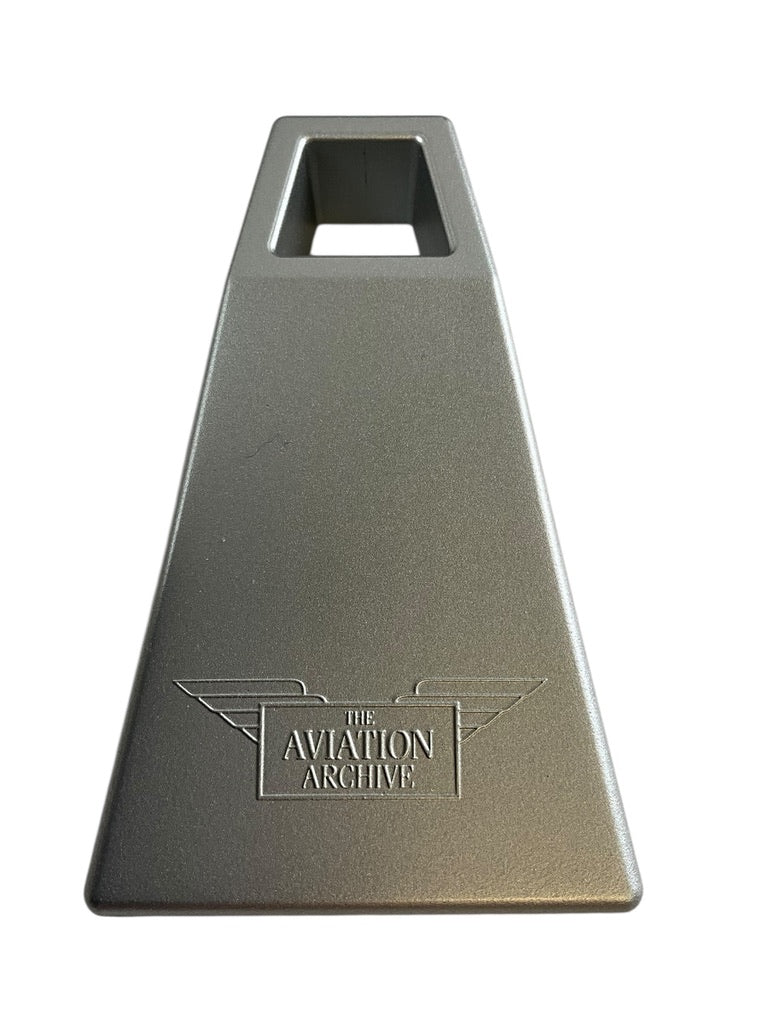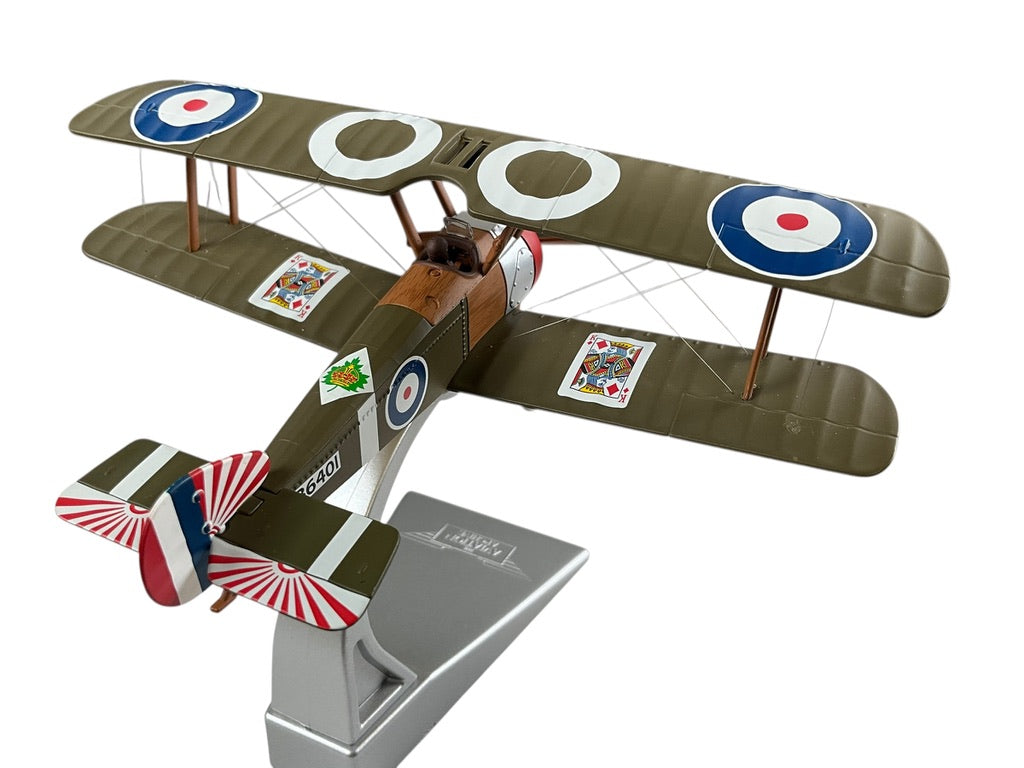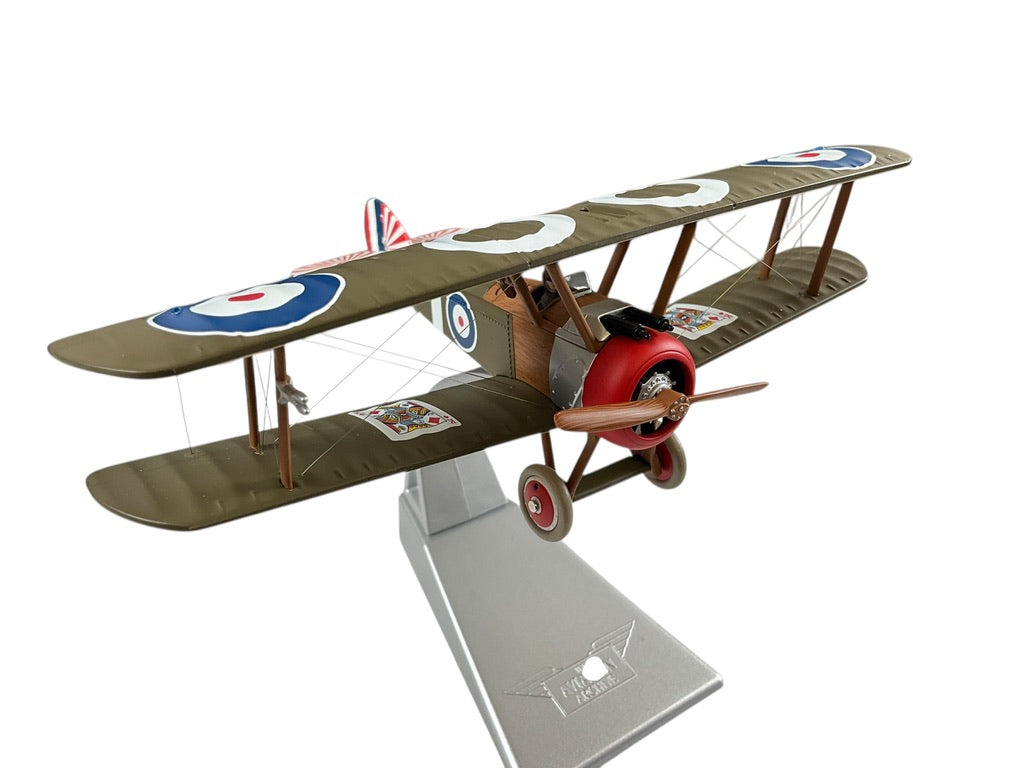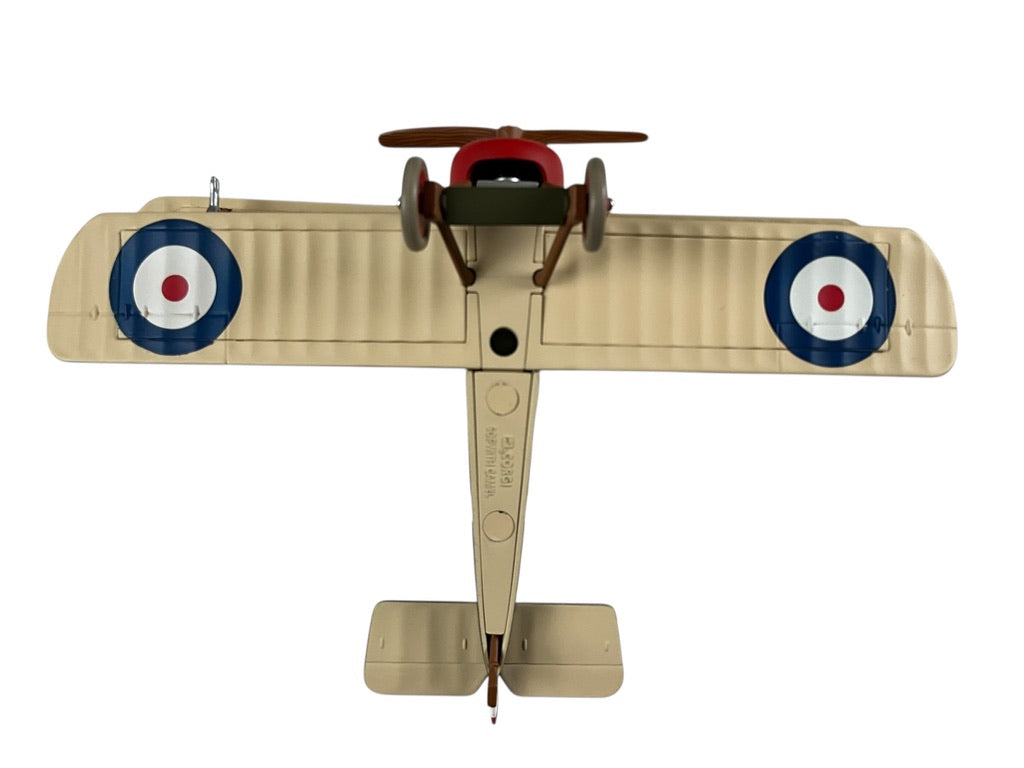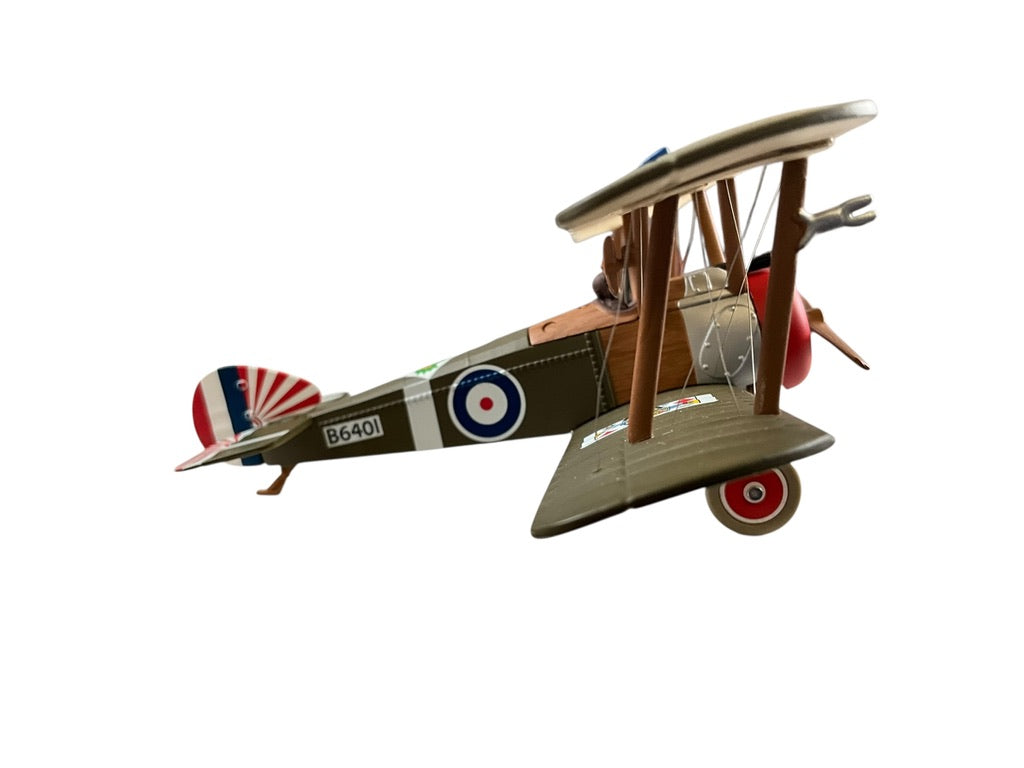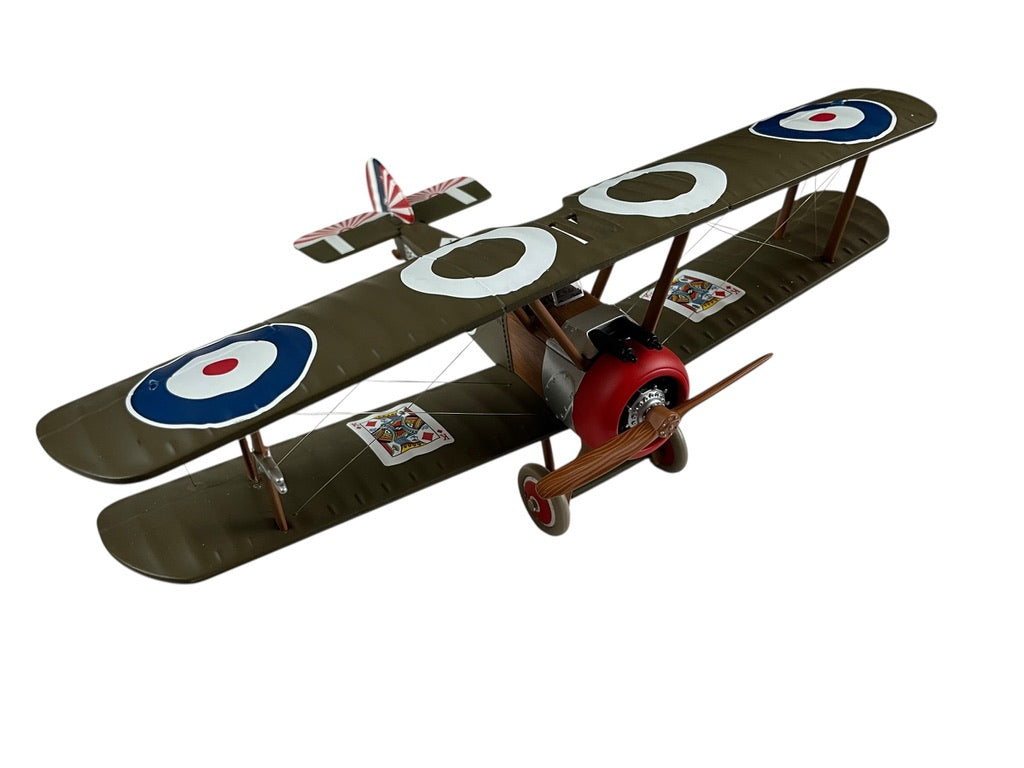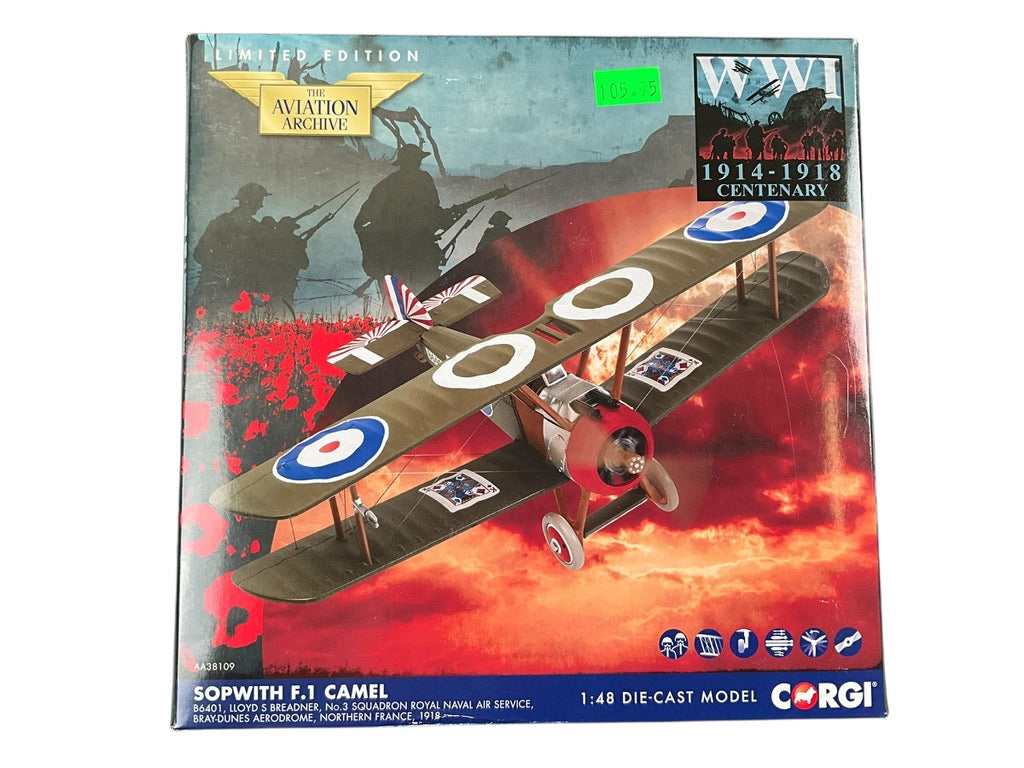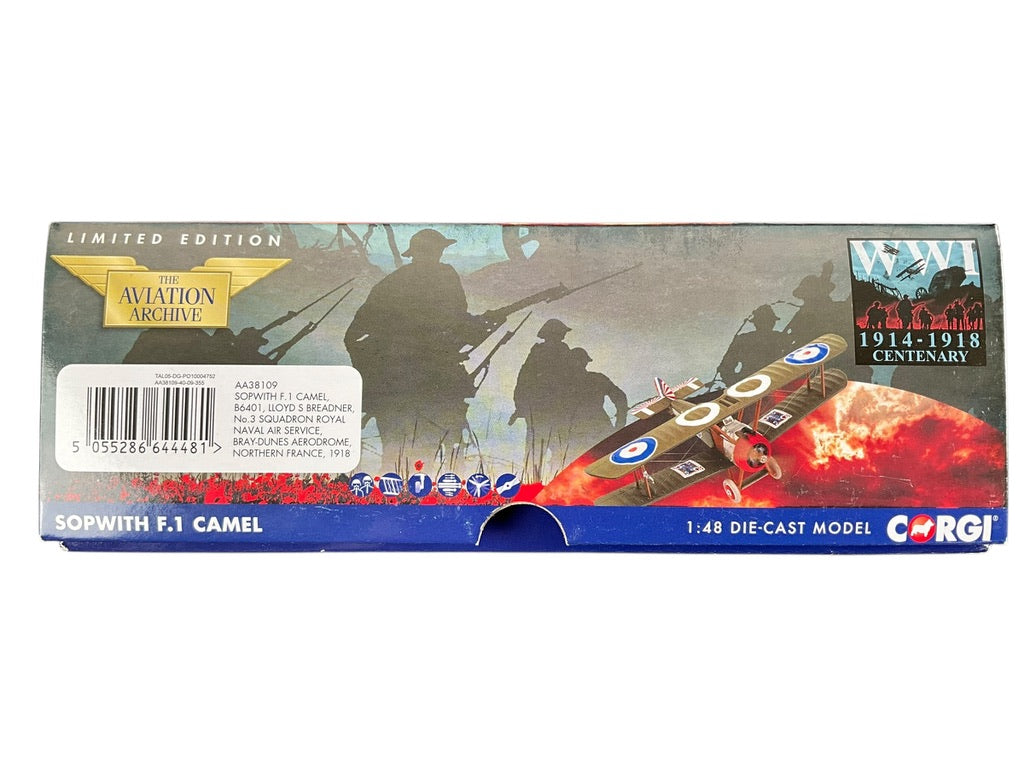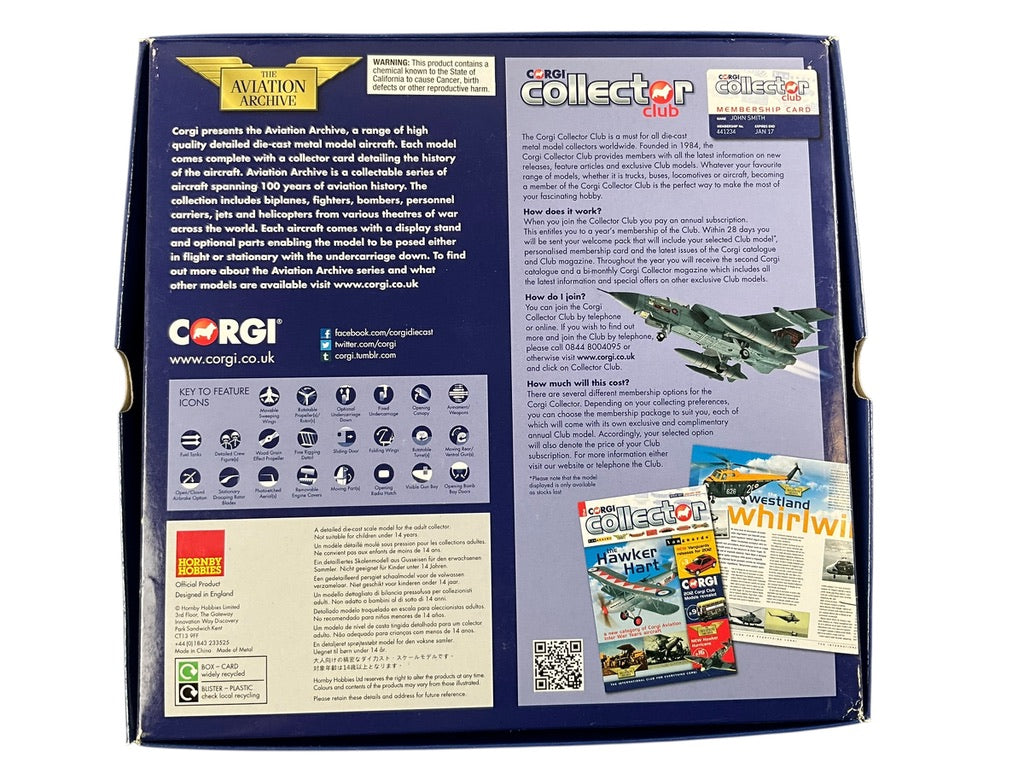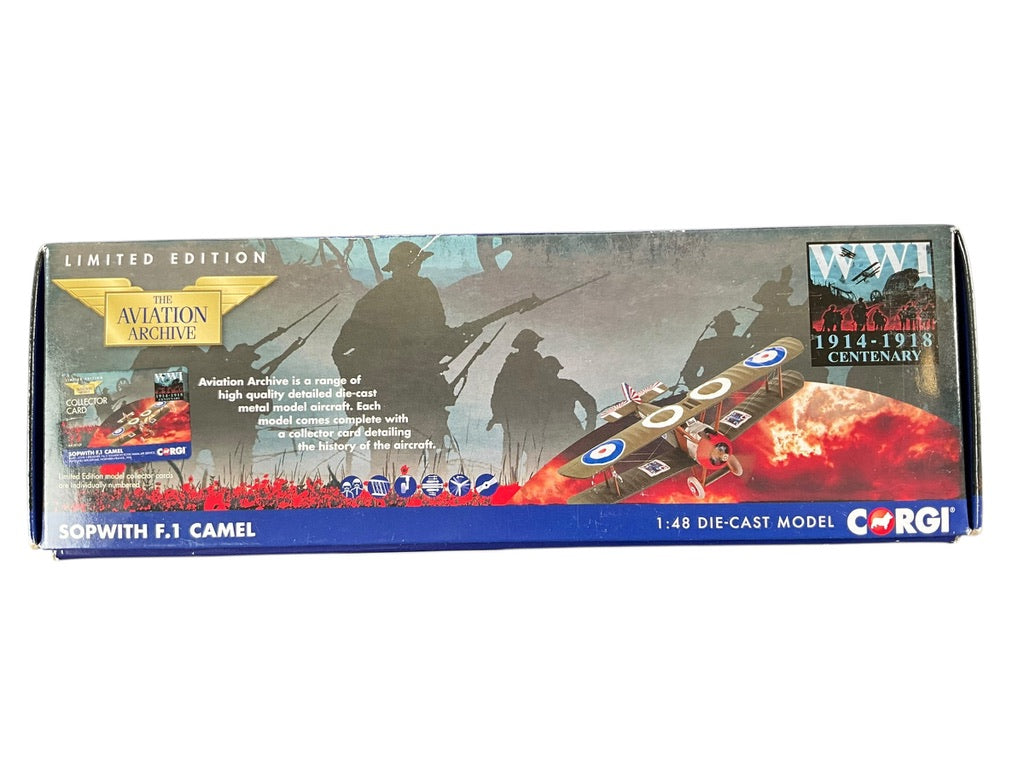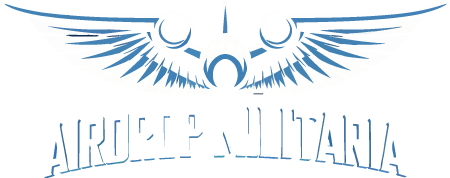airdrop militaria
1/48 Corgi (AA38109) Sopwith F.1 Camel (B6491) flown by Flt/Lt Lloyd S, Breadner Naval 3 Sqdn R.N.A.S. Bray Dunes Aerodrome, France, 1918 (Limited Edition #0864 of Only 1000)
1/48 Corgi (AA38109) Sopwith F.1 Camel (B6491) flown by Flt/Lt Lloyd S, Breadner Naval 3 Sqdn R.N.A.S. Bray Dunes Aerodrome, France, 1918 (Limited Edition #0864 of Only 1000)
Couldn't load pickup availability
ir Service1/48 Corgi (AA38109) Sopwith F.1 Camel (B6491) flown by Flt/Lt Lloyd S, Breadner Naval 3 Sqdn R.N.A.S. Bray Dunes Aerodrome, France, 1918 (Limited Edition #0864 of Only 1000)
Lloyd Samuel Breadner CB DSC
|
|
|
|---|---|

Air Marshal Breadner in March 1945
|
|
| Born | July 14, 1894 Carleton Place, Ontario, Canada |
| Died | March 14, 1952 (aged 57) Boston, Massachusetts, U.S. |
| Allegiance | Canada |
| Service |
Royal Naval Air Service Royal Air Force Royal Canadian Air Force |
| Years of service | 1915 – 1945 |
| Rank | Air Chief Marshal |
| Battles / wars | |
| Awards |
Companion of the Order of the Bath Distinguished Service Cross |
Air Chief Marshal[note 1] Lloyd Samuel Breadner, CB, DSC (July 14, 1894 – March 14, 1952) was a Canadian military pilot and Chief of the Air Staff during World War II.
Early career
[edit]Breadner obtained his pilot's certificate at Wright Flying School and was commissioned in the British Royal Naval Air Service on December 28, 1915. During World War I, he served on the Western Front as a fighter pilot in the No. 3 (Naval) Squadron. He was promoted to Flight Lieutenant (RNAS) on 31 December 1916. He was awarded the Distinguished Service Cross on May 23, 1917. The citation read:
For conspicuous gallantry and skill in leading his patrol against hostile formations. He brought down three hostile machines and forced several others to land. On the 6th April, 1917, he drove down a hostile machine which was wrecked while attempting to land in a ploughed field. On the morning of the 11th April, 1917, he destroyed a hostile machine which fell in flames, brought down another in a spinning nose dive with one wing folded up, and forced a third to land.
— London Gazette[1]
Squadron Commander Lloyd Breadner and 3 (Naval) Squadron were posted to RAF Walmer during the Winter of 1917/1918. He was released from the RAF[note 2] with the rank of major[note 3] in March 1919.
Command
[edit]He was commissioned and promoted to Squadron Leader in 1920 and transferred to the Royal Canadian Air Force (RCAF) on its formation in 1924. He became Controller of Civil Aviation in 1922, and later commanded Camp Borden from January 15, 1924, to September 23, 1925. He was promoted to Wing Commander on April 1, 1924. After attending RAF Staff College, he was the Director of the RCAF from February 15, 1928, to April 29, 1932. From 1932 until 1935, he commanded Trenton and then attended the Imperial Defence College. He was promoted to Group Captain on February 1, 1936, and to Air Commodore on August 4, 1938.

He became Chief of Air Staff on May 29, 1940, and having been promoted to Air Marshal on November 19, 1941, became Air Officer Commanding-in-Chief RCAF Overseas in January 1944. Breadner was promoted on his retirement on November 25, 1945, to Air Chief Marshal, the first Canadian to hold this rank.
On November 30, 1944, while he was Chief of Air Staff, his son, Flying Officer Donald Lloyd Breadner, was killed after an air gunnery exercise, while flying a de Havilland Mosquito from RCAF Station Debert, in Nova Scotia. He was the only son of Breadner and his wife, Mary Evelyn. They also had three daughters.[2]
Awards
[edit]- May 23, 1917: Distinguished Service Cross
- January 1, 1943: Companion, Order of the Bath
- October 25, 1943: Military Cross, First Class (Belgium)
- August 25, 1944: Grand Officers Cross of Polonia Restituta (Poland)[clarification needed]
- October 5, 1946: Order of the White Lion, Class II (Czechoslovakia)
- December 20, 1946: Legion of Merit (Degree of Commander)
- September 12, 1947: Commander of the Legion of Honour (France)
- June 12, 1948: King Haakon VII's Cross of Liberty (Norway)
Share
